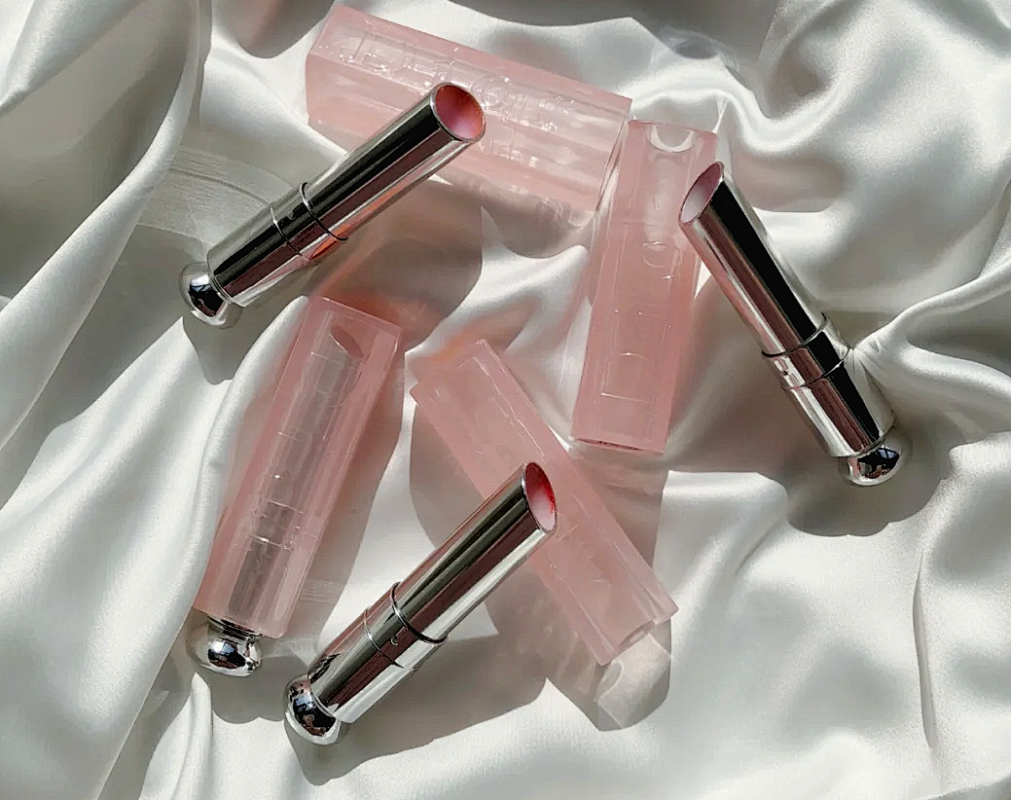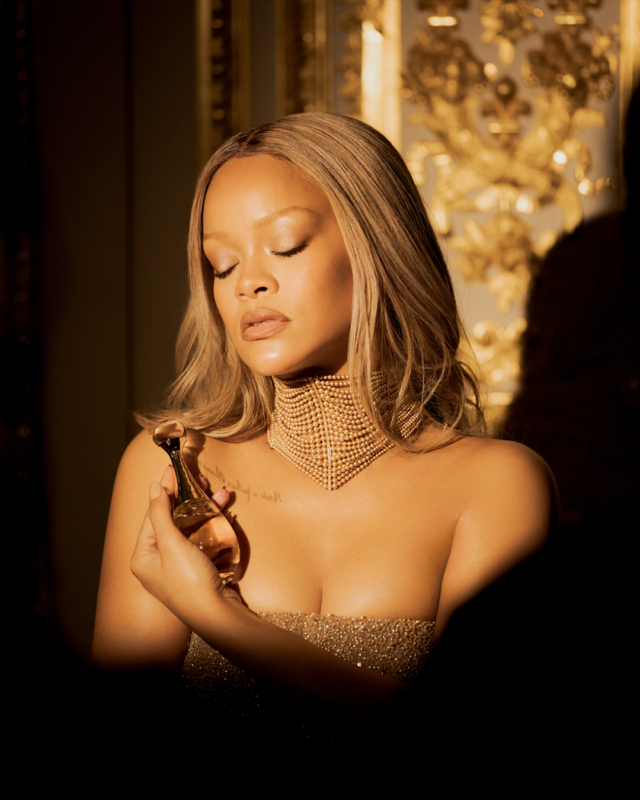In the fleeting years of cosmetics, the element of “flower” is very special. Once upon a time, flowers represented art, beauty, and beauty; The sudden changes in weather and the trend of effective skincare have overshadowed the “flower” elements, as if they have become synonymous with beauty and uselessness. With the change of concepts, the “flower” element in skincare products has also embarked on a winding and tortuous path. Is the artistic and technological attributes of flowers truly irreconcilable? Not necessarily.
There has always been a misconception that the floral element in skincare products is just a concept that only provides emotional value without practical effects. Actually, it’s not the case. Rose is a very interesting example. In ancient Greek mythology, roses combine love and beauty. And many micro businesses, the more they use their noble image, the lower it becomes. In fact, roses can also have extremely high scientific depth and strong technical content.
Today, let’s talk about the story of Dior to the rose. For the aristocrats in the flowers, Dior imbued roses with a sense of technology and creativity through his depth of research.
Recalling the fleeting years like water
Proust recorded his lifelong thoughts and thoughts in seven thick books. Dior documented the birth and growth of the “Granville Rose” through numerous research articles.
As early as 1998, a small rose swayed beside Mr. Dior’s former residence. It is this inconspicuous little flower that gives birth to extraordinary vitality, opening the exploration and discovery history of the Granville rose.
The Granville rose reappeared in the public eye in a research paper in 2014. In the journal Phytochemistry, Dior presented his research findings on the Granville rose over the years. Dior has established a new testing model and method for Rose, as well as advanced instruments and equipment. Using HPTLC (High Performance Thin Layer Chromatography), HPLC-DAD (High Performance Liquid Chromatography Diode Array Detector) and HPLC-ESI-HRMS (High Performance Liquid Chromatography Electrospray spray Mass Spectrometry), Dior extracted six different parts of the rose (flowers, stems, leaves, etc.) and analyzed the components to identify the active components in each part of the plant. This plant fingerprint provides Dior with a profound understanding of the true active ingredients of roses and the potential application value of each part.
In the same year, Dior further focused its research goals on the rose “flower”. Similarly, due to the lack of any precedent in the study of Granville roses, Dior devoted a significant amount of time to developing new detection methods. Dior’s researchers have developed a non targeted method to establish a molecular fingerprint of the Granville rose, detailing the active ingredients involved. A total of 61 compounds were identified from the extract, covering a wide range of major components from polyphenols, flavonoids, triterpenes, which can play a variety of effects such as anti-aging, soothing, and maintaining stability.
What is the unique feature of Granville roses? In 2016, Dior continued to trace its roots. The Granville rose has a beautiful name: Jardin de Granville. His maternal and paternal versions are Annapurna and John Clare. Through a non targeted metabolomics approach, Dior found that compared to its parents, Granville roses contain various phenolic compounds and other active ingredients, with higher expression on 15 key active molecules. In other words, the Granville rose is the most vibrant and distinctive rose variety left behind after the waves washed away the sand.
As the time comes to 2021, Dior’s persistence in roses remains unchanged, and research on roses is increasingly moving towards the micro level. In Plant Physiology, Dior even introduced the molecular mechanism of homomorphic transformation between rose petals and stamens. I’m afraid few brands can conduct rose research so thoroughly.

























